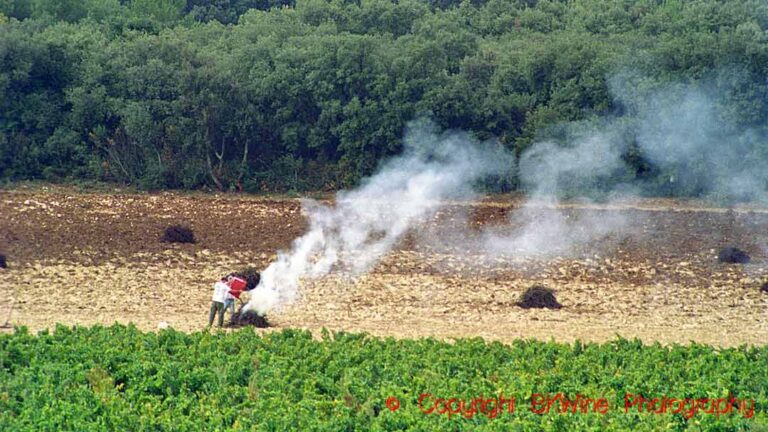Are there pesticide residues in wine? That’s become a hot topic in some media recently. We spoke with Matthieu Dubernet from Laboratoires Dubernet in Languedoc, who explained the rules for maximum residue levels (MRL) and residue quantities.
In September 2020, the laboratory analysed, on behalf of the association “Alerte Aux Toxiques”, some Bordeaux wines with the sustainability label HVE. Pesticide residues were indeed found in some of the wines. But in minimal quantities. “They were between 1% and 3% of the MRL,” says Mattieu Dubernet.
This did not prevent “Alerte aux Toxiques” from launching a dramatic report and depicting the result and the wines in a bad light, for which they have now been sued by the Bordeaux producers’ association CIVB and ordered by a court to pay damages.
“The problem is,” says Matthieu Dubernet, “that thanks to continuous advances in analytical tools, infinitely small levels can be detected today. When should one refrain from interpreting an analytical result concerning concentrations so low that they no longer matter?” Experts are working on deciding where this threshold should be.
In other words, the analysis technology is today so advanced so that one can be virtually certain to always find some residues, even if they are infinitesimally small and irrelevant.
Today, the same levels (MRLs) apply for wine as for grapes. It is sometimes said (not least by radical enthusiasts for natural wine) that “there are no MRLs for wine”, but that is not correct. (A bit like the same people sometimes claim that “it is forbidden with a declaration of contents on wine”, which is also not true.)












